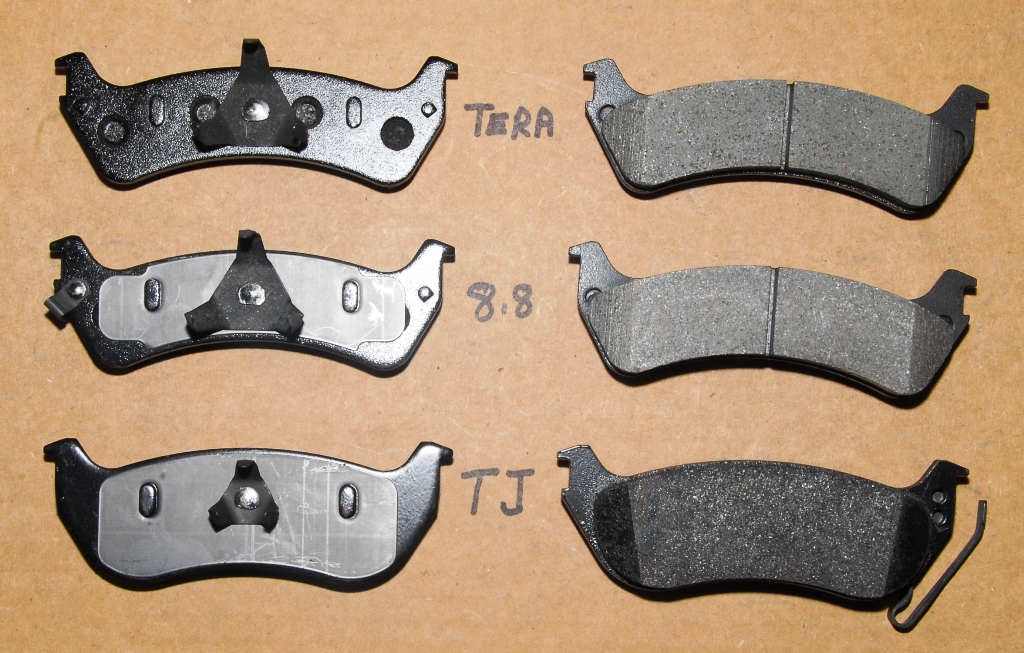Hahaha. Doesn't really answer the questions, but I'll take your word for it.
I have MUCH more experience with mountain bike brakes, and those use ceramic pistons with very high temp brake fluid (Dot 5.1 or special mineral oil). Ceramic works really well for those, but if you don't know what you're doing you can easily crack the piston, which might be part of the reason it never caught on in the automotive world, where you get a lot of people doing things that they probably shouldn't be doing.
Phenolic got a bad rap early on due to some of them not being as well made as they should have been. After a while, the manufacturers got the problems sorted out and the problems went away.
They reason they were looking for an alternate material is due to the bad things about steel. It transfers heat to the fluid at a prodigious rate. It corrodes quickly, and it typically costs more.
I work with a couple of big rebuilders and manufacturers of calipers and I've discussed this with them a few times and they are pro phenolic, very pro phenolic.
Be wary of any rebuilder that offers a choice between the two types in the same caliper. If a caliper was designed to have phenolic piston(s), it would be unusual to find piston seals for it that were designed for steel pistons. The seals are not interchangeable between the two and they don't work the same. The inverse is also true, if a caliper was designed around steel pistons, it would be very unlikely to find a seal for it that works with phenolic pistons.
If you dig around online and avoid the subjective stuff and dig down into the info from manufacturers and suppliers, there are some good articles and papers about the importance of keeping them design correct.





